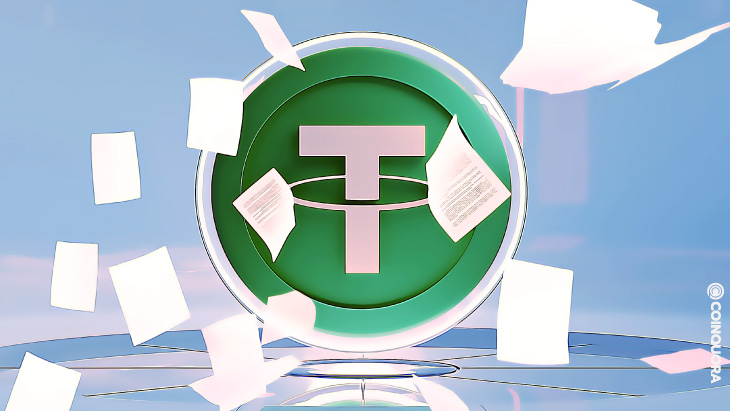- How to maintain Tether’s stability.
- Tether’s reputation and transparency.
- Financial reserves of Tether are solid, cautious, and liquid.
Given that Terra’s peg has fallen, it’s reasonable to wonder what prevents Tether (USDT) from following the same path.
USDT and Terra utilize distinct designs, mechanisms, and collateral. Terra was a computable stablecoin that wasn’t fully collateralized. It includes a variety of stability-inducing mechanisms, but they all failed in the end.
USDT is fully collateralized, with no credit risk. Each USDT can be exchanged for dollars through Tether, ensuring that when the price falls below $1, investors can acquire USDT at a discount and redeem them with Tether to make a profit.
During periods of high market volatility, the price of USDT might drop below or exceed $1. This does not imply that the peg has been broken. It indicates an increased level of liquidity than what is available on the order books of that exchange.
More than 55% of overall USDT reserves are now held in the form of US treasuries, whereas commercial paper makes up less than 29% of the USD’s backstop. Although both commercial paper and treasury resources are sometimes referred to as cash equivalents, US treasuries have a far larger concentration
The digital asset, on the other hand, is dedicated to lowering commercial paper as part of its reserves and increasing the amount in US treasuries. This will be reflected in future assurance opinions in the coming months.
It’s simple for anybody to check and validate the same USD reserve using the same mechanism, and there is no secrecy because it’s simply a smart contract. The distribution prevents any stablecoin within it from having most of the shares, so the inherent danger of fiat-backed stablecoins is avoided.


